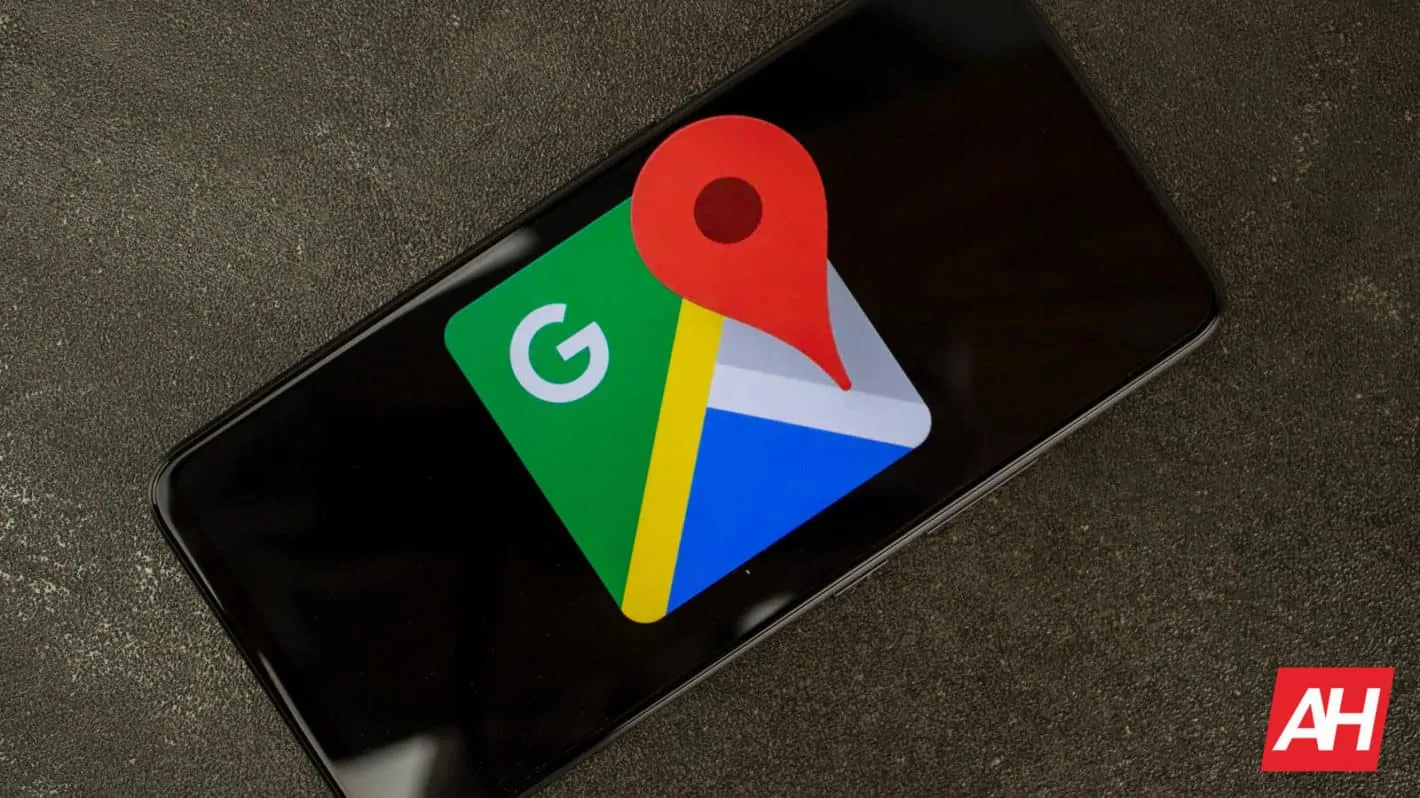Many people do not always use Google Maps to ask for directions but to find out their estimated time of arrival (ETA’s). As Engadget reports, this feature in Google Maps is about to improve significantly thanks to Google’s DeepMind AI.
Google Maps has worked hard over recent months on improving its functionality not just in terms of ETAs. When the pandemic was at its peak the app worked to show users how busy public transport was. This was so users could avoid busy trains and buses.
To that end, Google Maps has also improved its functionality for those using bikes. This should hopefully encourage users to cycle more often rather than take their car or use public transport.
The improvement of ETA’s on the app will be useful for many as people often use the app for that exact reason alone.
Google Maps ETA’s to become more accurate
Google Maps has partnered with DeepMind, an Alphabet AI research lab, to make this improvement. The app currently uses historical traffic data and live traffic conditions to make ETA calculations.
However, now the aim to try and predict future traffic patterns. DeepMind will do this through a graphic neural network. This model takes into account data on the time of year, road quality, speed limits, accidents and closures.
This coupled with a machine learning approach this should improve ETAs across the world. So far this model has improved the accuracy of ETAs by up to 50-percent in places like Berlin, Jakarta, São Paulo, Sydney, Tokyo, and Washington D.C. In theory, Google Maps can now warn users about impending traffic jams before they happen.
The importance of this change has been demonstrated during the pandemic. Because drastic world events can have such large impacts on traffic patterns the app has to be more agile. During the pandemic, Google saw its ETA accuracy rate decrease as much as 50-percent.
This is because the app had to prioritize traffic patterns from the previous two to four weeks. Normally the calculations would take into account much more data.
Google has admitted that predicting traffic patterns isn’t an easy task. The company says it will continue to look at ways to improve its system but progress is not always easy.
It will be interesting to see how much this model improves ETA’s in Google Maps. In theory, it should make a big difference and get better over time, all because of the implementation of machine learning. Whether this will actually happen, only time will tell.

